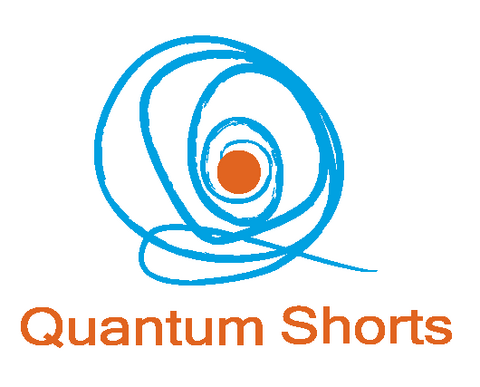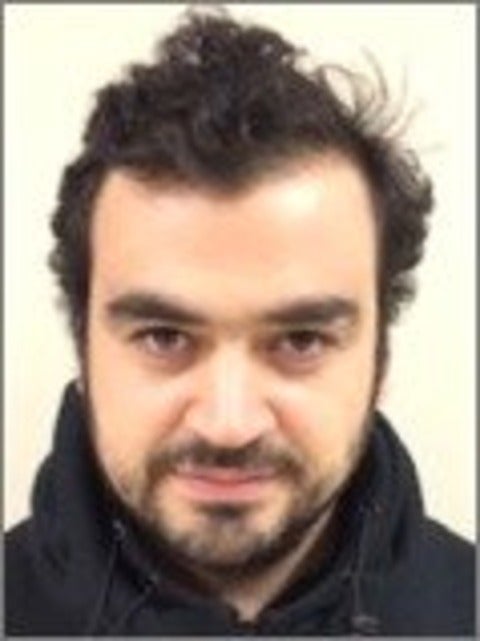RAC1 Journal Club/Seminar Series
Fabrication and Growth of 111 SiNWs for Mechanical Spin-Detection
Pardis Sahafi, Institute for Quantum Computing
In our group, vertical Si nanowires grown on a 111 surface are used for force detection in nanoscale NMR and ESR. These measurements require a very long (20 µm) and minimally tapered vertical Si nanowires, to be used as nano-mechanical oscillators with a high quality factor (Q ~ 104).

 The
The 